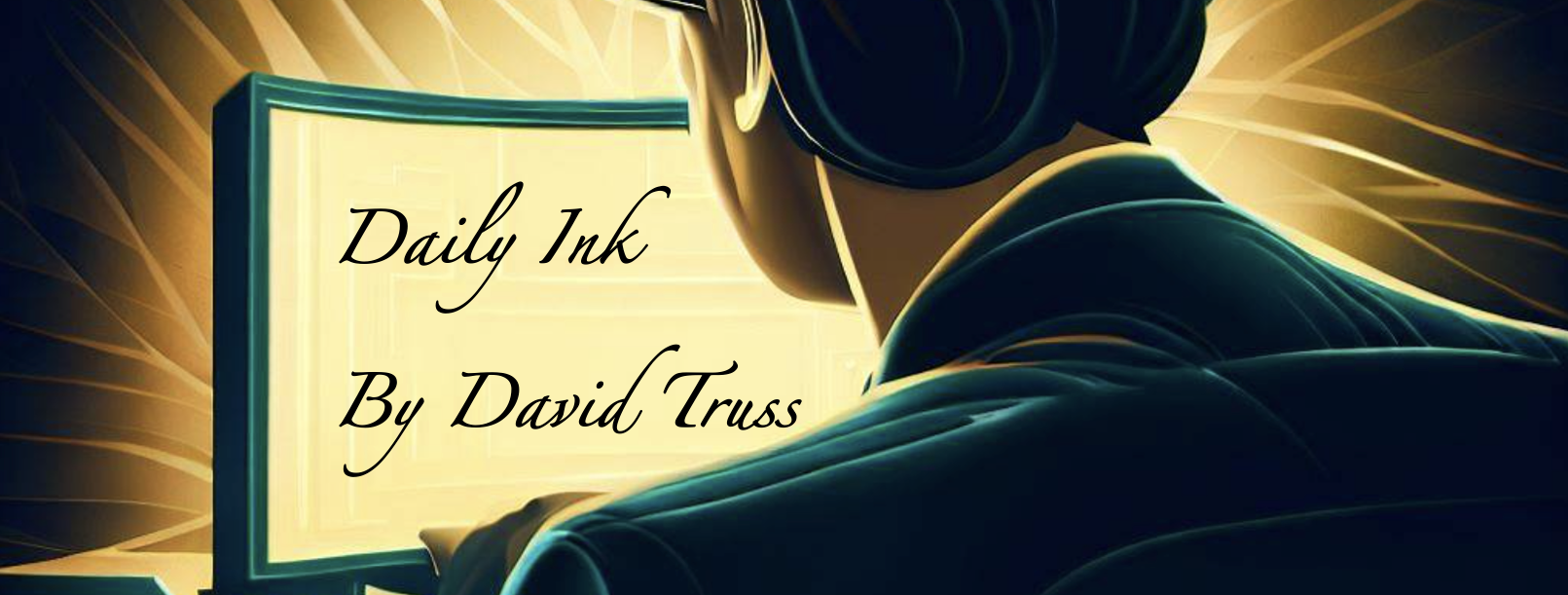Back in 2009, while living in Dalian, China, I wrote ‘Bubble Wrap‘ about how overly protected we are in the West compared to other places in the world. Here is the first half of the post:
“After a month in China, I’ve come to realize that North Americans live in a bubble wrapped world.
In the ‘Western’ world we walk around oblivious to our surroundings, going about our business feeling safe and secure. I don’t mean safe in the sense of being cautious of others, since in actual fact, I have always felt safe in China (other than in the occasional taxi), and in fact Dalian feels safer than downtown Vancouver or Toronto when I’m out late at night. I mean safe, in the West, in the sense that there are laws and bylaws and rules in place to make sure that we are ‘protected’ from unexpected harm: Guardrails and warning sign and lit-up crosswalks with pedestrian controlled lighting abound.
In the bubble wrap West we occasionally read or hear about someone who slips right next to a ‘wet floor’ sign or trips on an uneven curb and they end up blaming and suing others: “It wasn’t safe”, “It was faulty”, “The step was too high” or “The railing was too low”. Our day-to-day environment is safe, secure, sheltered… and sterile.
In China, things are different. Pedestrian walkways are a suggested crossing location and give no rights to the pedestrian. White and yellow lines on the roads are mere suggestions for where a pedestrian should stand as cars zip by at speeds up to 60km/hr, the occasional horn blast reminds you not to make any unexpected moves.
Here, doorways have immediate steps going up or down as you cross the threshold. You must walk with your eyes on the curb as a missing tile, or a sudden step may appear, unexpected by Western terms but fully expected here.”
Since then, I think things have gotten worse rather than better when it comes to safety. Case in point, the ban on cell phones in schools that has happened in other provinces and is about to happen in British Columbia. I can understand that they are a distraction, and I have no problem with schools or teachers having policies about using them appropriately and at appropriate times. But when one of the issues being discussed is student protection, a ban is not the answer.
As quoted in the Premier’s announcement:
“Today, kids live with different challenges than they did a generation ago, and they face them all in the palm of their hand,” said Premier David Eby. “While cellphones, the internet and social media help us connect with each other, they also present risks that can harm kids. The impact and influence of these tools is so great, and the corporations so powerful, it can be overwhelming for parents. That’s why we are taking action to protect kids from the threats posed by online predators and the impacts of social media companies.”
This reminds me of the filtering of websites, which I also was quite opposed to, (beyond porn and gambling as easy examples of things that should not be in schools, as compared to social media and web tools that were being blocked at the time). How do we help teach things like appropriate use when use isn’t allowed? Both my posts that I link to relate to issues at school, but here is another, totally unrelated and quite humorous example:
Last night I went to a washroom in a hotel in downtown Vancouver and saw this sign above a urinal.

Seriously?
We need a sign above a urinal… one that flushes with the water running along the walls of the basin we pee in… to remind us not to drink it. Oh, and not only because that’s not a smart or normal thing to do, but because the water is ‘non potable’?!?
Silly warnings, silly bans, silly attempts to bubble wrap the world.













